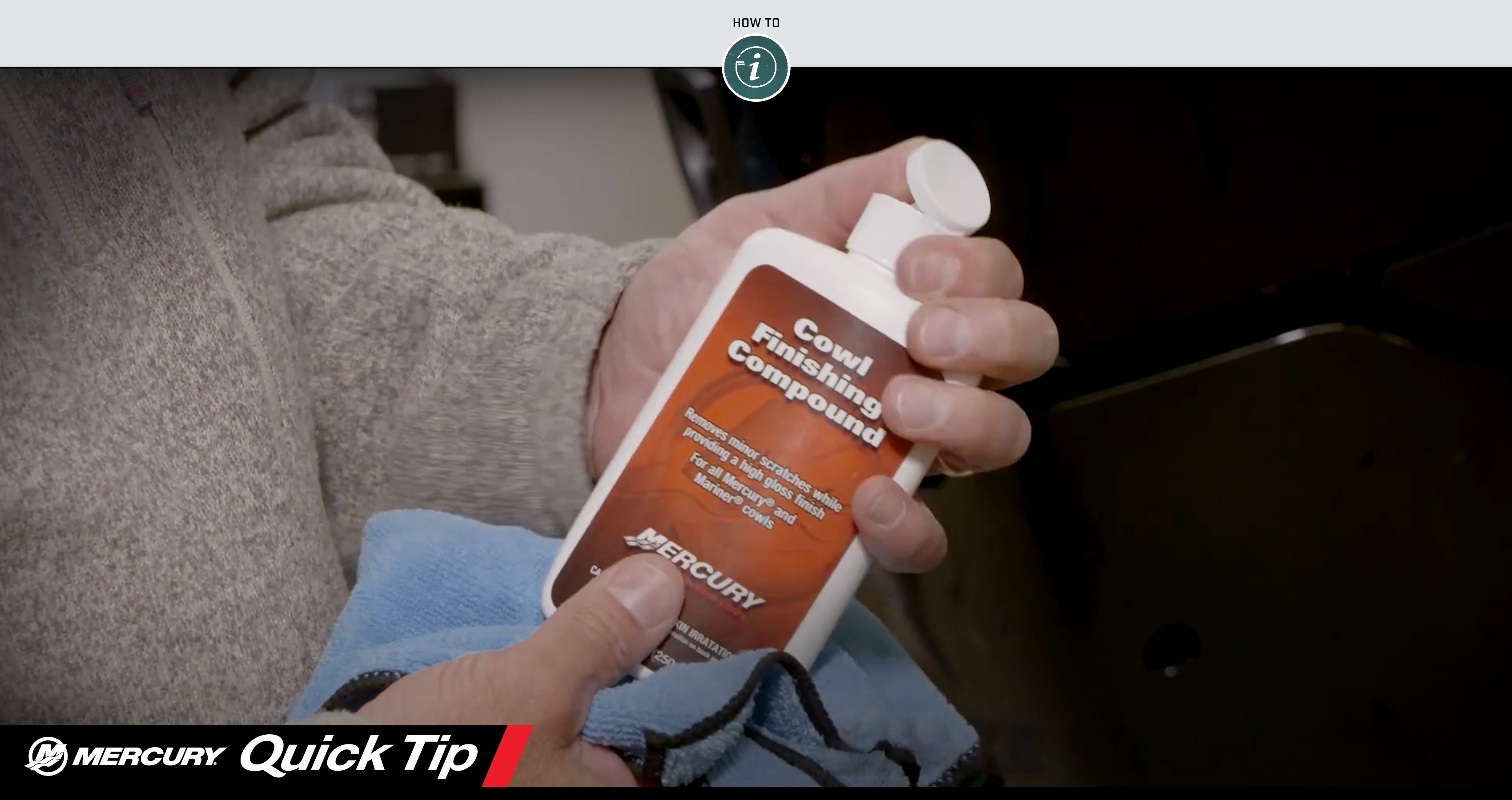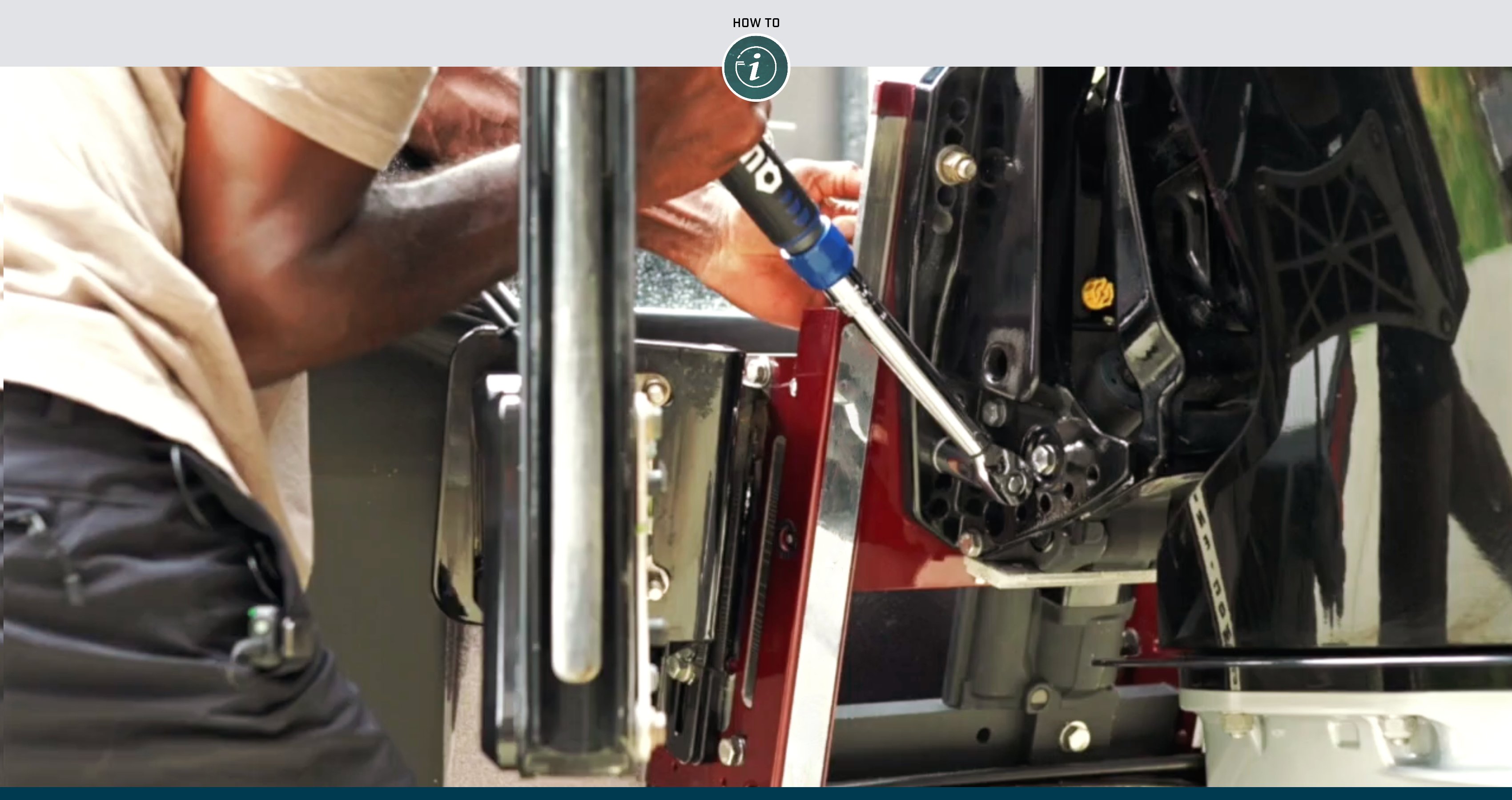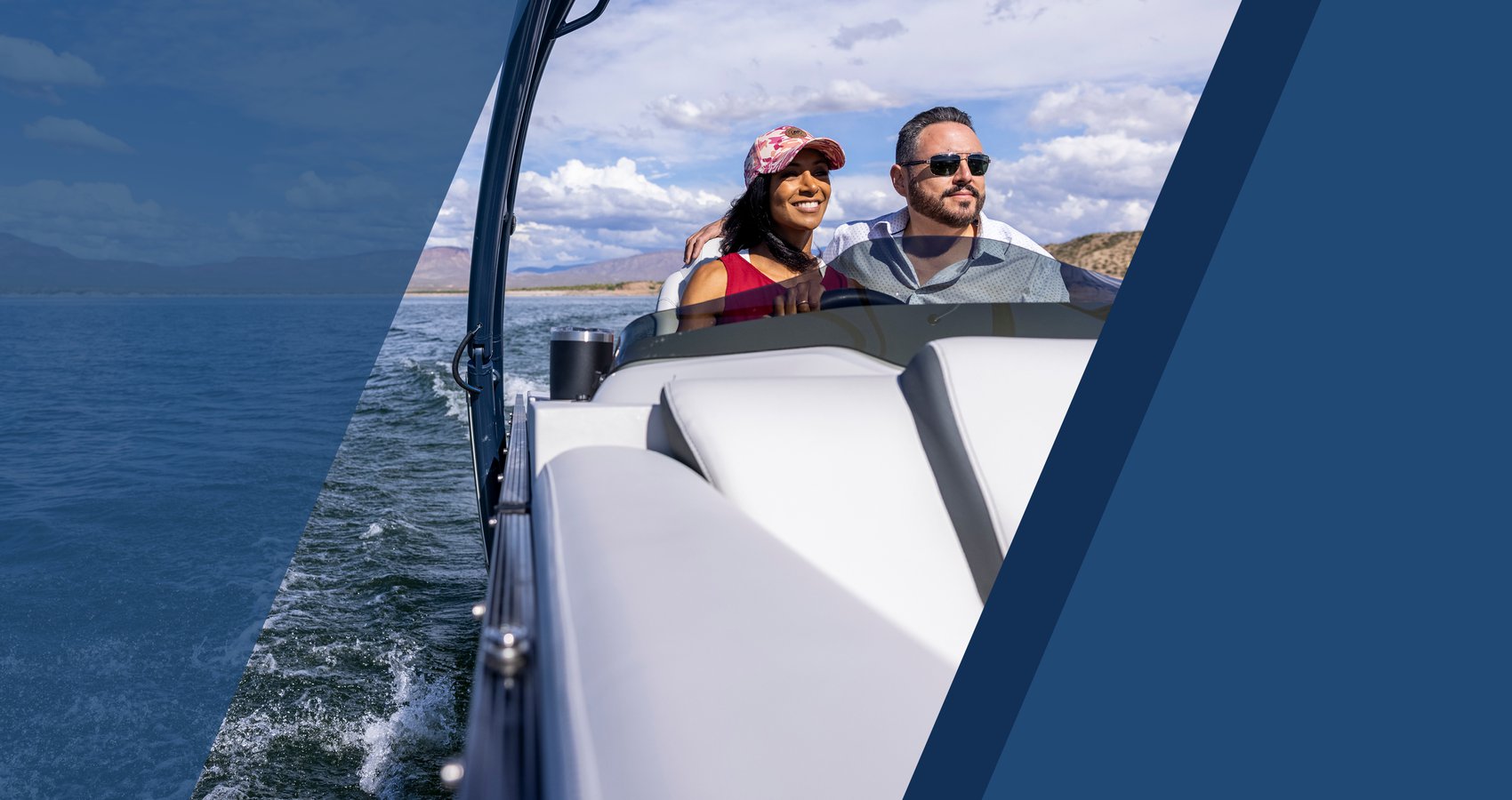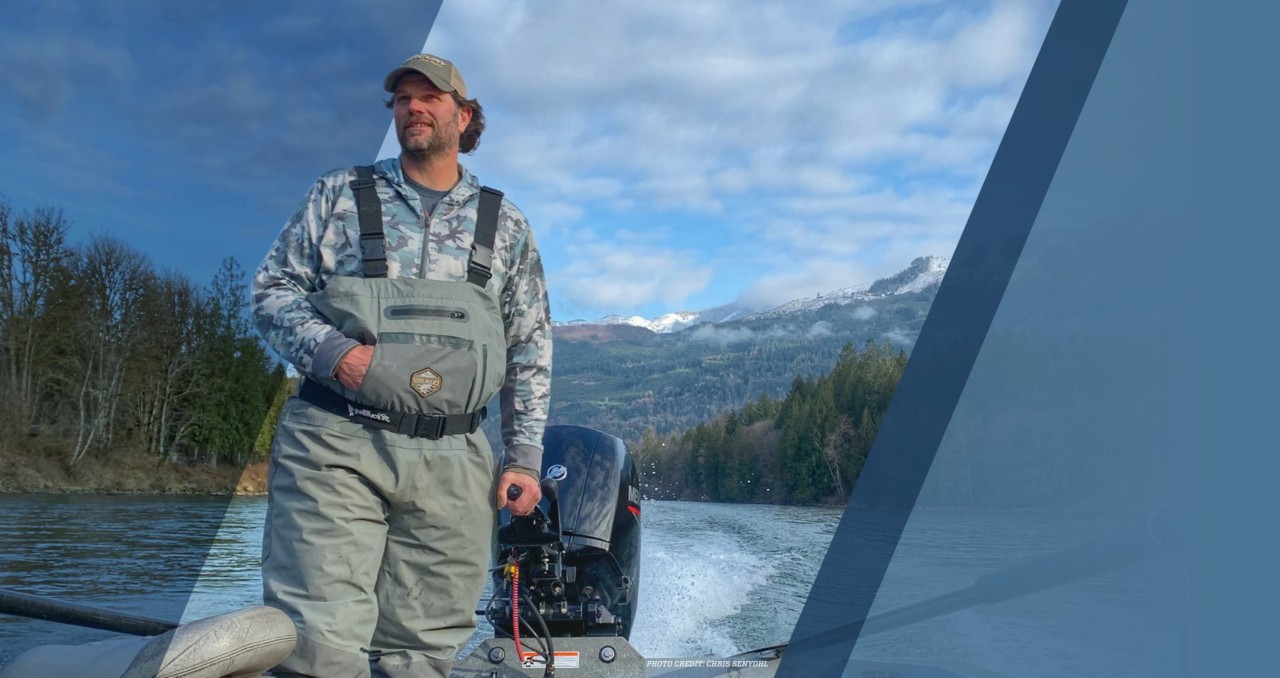When it comes to running the wild and scenic rivers of my home state of Washington, a tiller outboard is simply the only way to go, in my opinion. There are endless uses for a tiller boat here.
On small rivers, I can stand at the tiller while I drive to make it easier to locate hazards such as rocks, logs and gravel bars. River channels where I fish change constantly, and I’ve got to be on my toes at all times. With a tiller, I can turn the outboard immediately to avoid hazards and navigate the sled (tunnel-hull jet boat) safely up and down the river.
Having a tiller outboard instead of a console for steering completely opens up the boat so that several anglers can fish comfortably. When we’re fishing for steelhead, I remove all the seating from the boat, and it turns it into one big casting deck. I’ll run far upriver, shut down the big Mercury outboard and then jump on the kicker motor or oars and slowly work back downstream, casting into likely holding areas and pockets along the way.
If I plan on back-trolling for salmon in the fall, I can easily put the seating back in the boat, and my fishing partners or family can be seated toward the bow, giving me plenty of room to work and run the motors in the stern.
It’s amazing how many uses a boat like this has in the Northwest. An outdoorsman can target salmon, steelhead, trout, sturgeon, bass, walleye, crab, waterfowl and even big game with an open boat set up with a tiller outboard. Not to mention, it’s great for camping and beach outings with the family. The options for year-round fun in the outdoors are endless, particularly with some of the specialized features that Mercury offers for its line of FourStroke outboards.
Jet Power to Run the Shallows
The boat I run is a custom-built 18-foot Walden aluminum sled with a 6-degree hull and a tunnel pocket in the stern. It’s powered by a Mercury 150hp Jet outboard, which draws in water and expels it under pressure to provide thrust. There’s no prop to worry about hitting on bottom, so the engine can operate in very skinny water.
This boat is a sportscar. It will operate in water as shallow as 3 to 4 inches, but that doesn’t happen without plenty of power.
Negotiating over gravel bars and shallow river tail-outs is a game of thrust and lift. The slower you go, the deeper the hull settles into the water and the closer the jet foot and the hull come to contacting the bottom. In most boating situations, when you approach shallow water the proper thing to do is slow down and look for a way around it.
On the river I do just the opposite. I put the hammer down and keep the jet pump in the deepest part of the chute or “V.” In some situation’s there no chute at all, and I’m simply skimming within an inch or two of the river bottom while crossing wide, shallow gravel bars or flats. It takes practice and an eye for reading water.
This is where power is key, and the Mercury 150hp Jet outboard provides plenty of torque and top end to lift the sled and keep it moving with ease.
And since I’m standing right next to the outboard while operating it, I’ve also noticed that the Mercury FourStroke engine is much quieter than outboards I’ve run in the past, which makes it much more enjoyable to run. Mercury has worked doggedly on quieting down their outboards, and this motor is no exception.
Jet pumps open up so much great fishing water to salmon and steelhead anglers in the Northwest, and because of this you’ll see tiller jets from 40hp to 250hp on many bodies of water here. When the salmon and steelhead fishing slows down, a tiller boat is right at home targeting bass or walleye on reservoirs, lakes and rivers, too.
The New Mercury Tiller Handle
There are a bunch of outstanding innovations included in the new tiller handle from Mercury, but I can’t discuss any of it until we talk about the optional heated grip, which I have on my boat. This is the single most useful piece of equipment to ever end up on a tiller handle. It’s a feature commonly used in automotive steering wheels and snowmobile grips, and I’m so glad Mercury designed it into the new tiller handle.
Here in the Northwest, our boats get used year-round, and that means running the tiller with a hand exposed in some of the most brutal conditions imaginable. I’ve run my tiller outboard in extreme Arctic cold fronts with temperatures falling to below zero and ice forming on the river (and boat) rapidly. Driving rain, sleet, snow, cold, wet, miserable … you name it, we get it. I use my left hand to run the tiller, and it used to be that when the weather turned extreme, I had to stand in front of the tiller to block the wind from chilling my left hand. Not anymore.
The grip has three levels of heat, and all you have to do is push the heat button one, two or three times to achieve the desired level of warmth. On the highest setting, it’s downright warm, and even with gloves on it keeps my hand toasty.
The trim/tilt button is conveniently located on the end of the tiller handle. The shifter is situated slightly aft of the handle, near the throttle tensioning knob, and the shifter can be mounted on the left or right side, depending on driver preference. All the warning lights for the engine are located conveniently within sight, right on top of the handle, and there’s even an audible warning system.
For anglers that troll with the main outboard, Mercury incorporated its Troll Control feature on the handle. Troll Control adjusts trolling speed up or down in 10-rpm increments. This is an excellent feature that gives ultimate control over the throttle when fishing conditions and presentations demand it.
Lastly, and this is another big one for me, the handle is highly adjustable. It can be quickly tilted up or down to three height settings using an auto-lock tilt system at the base of the handle. The tiller can also be adjusted 18 degrees port or starboard and fine-tuned based on where the driver is sitting or fishing, and how close they need to be to the electronics. When I stop running, I usually tilt the handle straight up so I’m not walking into it while fishing. The handle stays up and doesn’t flop down constantly and get in the way.
The Mercury tiller handle is fully adjustable to about any configuration an angler desires. With the addition of the heated grip, it’s made using a tiller outboard year-round, in just about any weather condition, comfortable and fun.
It’s one more reason why I think a tiller outboard is one of the most versatile, capable solutions for powering boats in the outdoors – in my region, in particular, but in many others as well.
For more fishing info from Rob Endsley, follow him on Facebook and Instagram. Click here to learn more about his “Outdoor Line” radio show.




